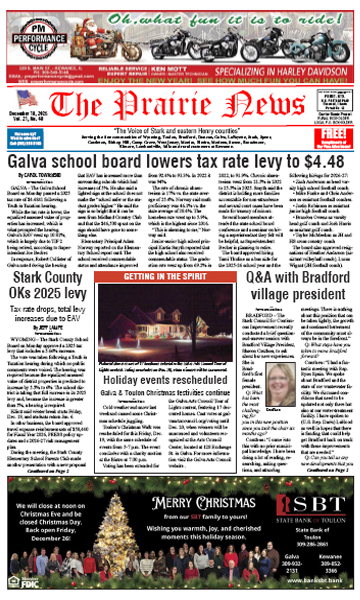One thing you do not want to see this time of year is a kettle of turkey vultures soaring low over your deer-hunting spot. Yet that was the scene greeting me Saturday morning in Knox County, northwest of Oak Run. That and swarms of flies and the smell of death.
Before the day was over, we located two rotting deer corpses along the small creek that runs through the farm. Based on the smell, I suspect there are a few more corpses out there, but finding two was depressing enough.
Other deer hunters and landowners in Illinois have been experiencing the same thing in recent weeks. And as harvest heats up, numbers of deer found dead will surely increase.
Cause of death at this time of year for whitetails is generally epizootic hemorrhagic disease, sometimes incorrectly called blue tongue. The disease is spread by biting midges that carry the virus and live near the edge of water. EHD is usually most pronounced during dry, warm conditions. Receding water levels around ponds, lakes and streams create muddy areas from which the midges can hatch. Because deer congregate around limited water supplies during dry conditions, the disease is more likely to be transmitted.
EHD first showed up in Illinois in the 1970s and generally occurs somewhere ibetween August and October. Most years, some areas are hit worse than others. A few years ago, landowners east of Elmwood reported substantial numbers of dead deer. Folks west of town did not.
That hit-and-miss pattern seems to be the case this year, though anecdotal reports stretch from one end of the state to the other.
A hotspot locally is around Oak Run. There you’ll hear plenty ofstories of deer being found dead near ponds, creeks and in fields. There are also reports from the Edwards-Kickapoo area, though not as widespread.
My fear is that another dry, hot week will only kill more whitetails.
A hardcore deer-hunting friend of mine told of a 2007 outbreak of EHD that devastated his Adams County farm. In all, 170 deer died during that hot summer. The smell was so bad that he and his wife left their house for two weeks.
Worse still, at least from a hunter’s viewpoint, is that the disease seems to have a larger impact on adult deer, in particular mature bucks. That same Adams County friend said that of 16 big bucks on his farm, 15 died from EHD.
To some it might seem ironic to fret about a disease killing deer that we hope to shoot ater this fall. But the hope of a big buck walking past makes cold mornings easier to endure. And for me, more of the enjoyment derived from deer hunting comes from managing for whitetails – seeing them interact and thrive . That a little biting insect can bring those healthy critters down so easily is humbling.
About all we can do now is hope for rain, cooler temperatures and a hard frost that will kill the midges … until the next hot, dry summer.
• • •
Parting shot: Smiles were everywhere at last week’s Elmwood-Brimfield football home opener. And why not? The team raised $3,000 for Easterseals through its annual Blackout fundraiser and also won 71-36. Somehow, even the E-B cheearleders kept smiling through it all, despite having to do 386 jumping jacks to celebrate the Trojans’ scores.
Contact Jeff Lampe at (309) 231-6040 or jeff@wklypost.com







